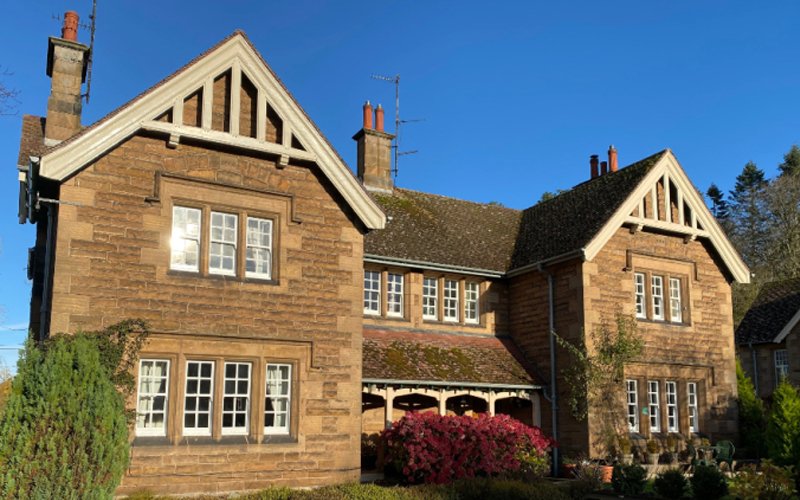Ford and Etal are a pair of picturesque villages a couple of miles apart in the valley of the River Till in north Northumberland. Each village has its own castle and they were once bitter rivals but since 1908, they have been united as part of the same estate under the ownership of the Joicey family.
Thought to be among the prettiest villages in the county, Ford and Etal are marketed as a popular tourist destination.
Here are some of the attractions.
Ford Village
Ford Castle dates back to around 1340. It was frequently attacked by Scottish invaders and was seized by King James IV of Scotland in 1513, in the build-up to the Battle of Flodden, which took place a few miles from here and was won by the English.
It now serves as an adventure activity centre for school and youth groups and is not open to the public.
The medieval St Michael and All Angels church are even older than the castle, though it was partially rebuilt in the 19th century.
The ruin in the field next to the church was once the fortified pele tower used by the vicar.
This building, the Lady Waterford Gallery, used to be the village school and now contains a number of murals by Louisa, Marchioness of Waterford who came to live at Ford Castle in 1859.
Although the history of Ford goes back a thousand years or more, most of the village that we see today was built during Lady Waterford’s time. She was a philanthropist and keen to improve the living conditions of the estate’s workers.
Also, perhaps, a model village where all the buildings were neat and tidy with no sign of squalor or poverty was the ultimate accessory for the aristocratic estate owner who had everything.
Etal Village
Etal is even smaller than Ford, comprising one handsome street of whitewashed cottages, a ruined castle, a manor house, a chapel and a few other buildings.
Etal Castle is a similar age to Ford Castle and it too fell to King James IV prior to the Battle of Flodden in 1513. It lapsed into ruin thereafter and is now managed by English Heritage.
A road fords the River Till at the edge of Etal. The current looked too strong for a safe crossing when visited.
The Black Bull at Etal is the only thatched pub in Northumberland. It is managed by the Cheviot Brewery, a real ale microbrewery also located on the Ford and Etal Estate.
This article first appeared on Thrifty Traveller.

